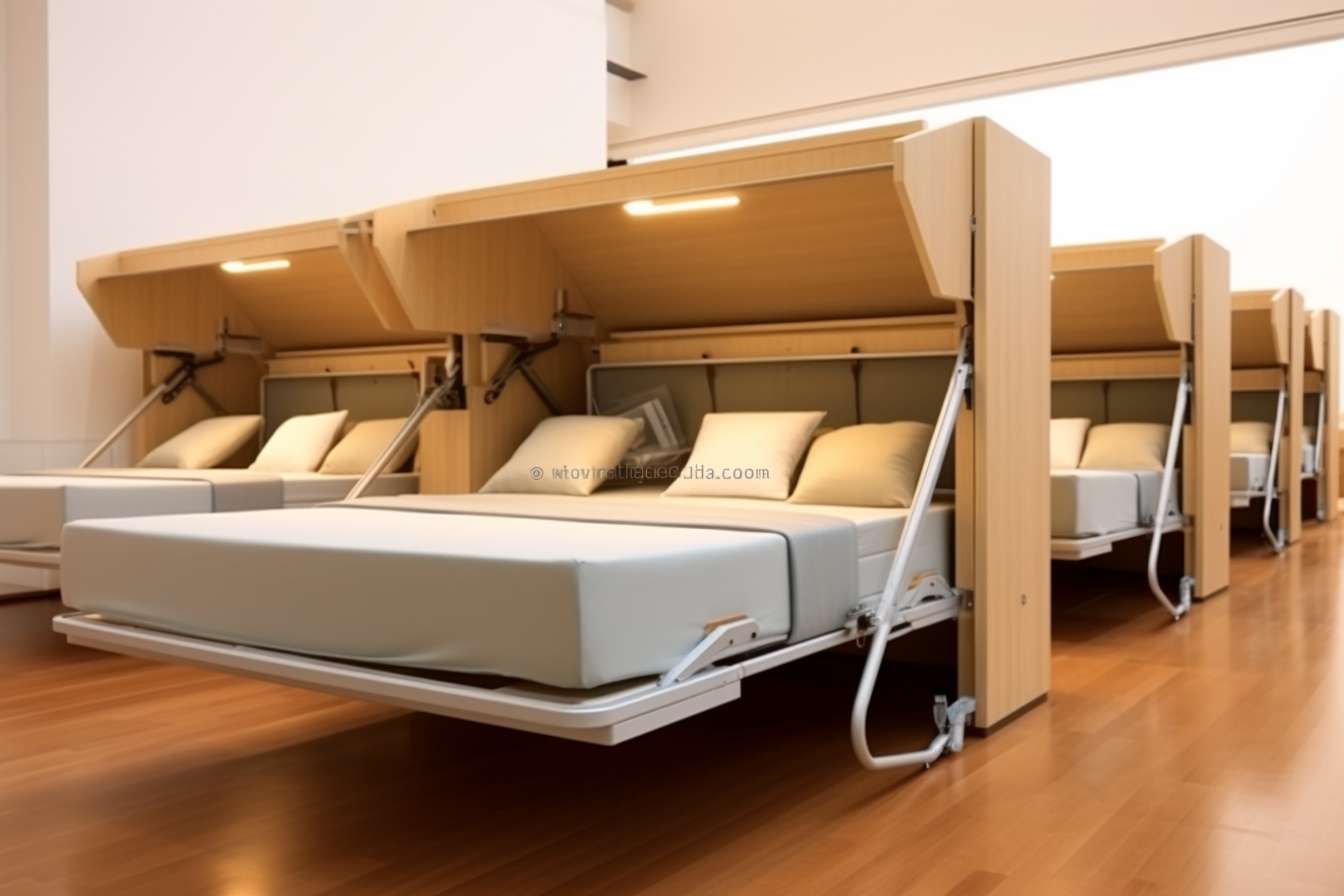Lighting strategies to enhance home gathering spaces
Thoughtful lighting can transform a living area into a welcoming gathering space that supports conversation, relaxation, and activity. This short overview introduces practical approaches—from layering light and maximizing daylight to integrating smartcontrols and sustainable materials—that help homes feel functional and comfortable for groups.

Thoughtfully designed lighting shapes how people use and feel in a living area. Beyond illumination, good lighting supports ambience, highlights textures and color, and coordinates with daylight and acoustic choices to make gatherings more comfortable. The strategies below explore how to combine fixtures, layout, seating, and materials so rooms feel adaptable, organized, and inviting for different types of social moments.
How can lighting and daylight work together?
Natural daylight sets the baseline for a room’s tone and affects color and mood throughout the day. Use window treatments that allow control of glare while preserving daylight for most daytime activities. Pair overhead ambient fixtures with dimmable sources so artificial light complements fading daylight instead of competing with it. Consider fixture placements that avoid windows to prevent backlighting during conversations and position task lights near reading or game areas. Daylight sensors and programmable smartcontrols can help balance natural and artificial light automatically, improving comfort and energy efficiency.
How does zoning and layout improve gatherings?
Zoning the living area into distinct functional pockets—conversation, media, dining, and play—makes gatherings more flexible and reduces the need for one uniform lighting level. Use a combination of ceiling fixtures for overall illumination and adjustable floor or table lamps to define zones. Layout choices, such as orienting seating to encourage eye contact or grouping chairs around a central surface, should align with light sources so each zone has appropriate task and accent lighting. Thoughtful zoning also supports organization and storage placement, keeping traffic paths clear and sightlines open.
How to balance ambience with color and texture?
Ambience depends as much on light quality as on materials and finishes. Warmer color temperatures tend to create cosy atmospheres for evening gatherings, while neutral tones and higher CRI (color rendering index) lighting preserve accurate color of furniture and textiles. Highlight textures—wood grain, woven fabrics, or stone—using grazing or accent lights to add depth. Integrate layered light: ambient, task, and accent, so you can tune the mood by switching or dimming specific layers rather than changing all fixtures at once.
What role do acoustics and materials play?
Lighting choices interact with acoustic strategies because room materials affect reverberation and perceived comfort. Hard surfaces that reflect sound often also reflect light, which can create glare or harsh highlights. Soft furnishings—rugs, upholstered seating, curtains—absorb sound and diffuse light, producing a warmer ambience. Select materials that address both needs: acoustic panels with textured finishes, fabric-covered storage fronts, or bookshelves that break up flat surfaces. Position lighting to avoid emphasizing reflective surfaces that can create visual distraction during social interactions.
How can seating, furniture, and ergonomics help?
Furniture placement should align with light sources to support varied activities. Arrange seating to enable face-to-face conversation with evenly distributed illumination and provide adjustable task lights for reading or tabletop games. Choose ergonomically comfortable pieces that invite longer stays; the right chair height and proportions improve posture and interaction. Integrate storage furniture with built-in lighting or open shelving illuminated by low-glare accent lights to make organized items easy to find and contribute to an uncluttered feel.
How to add flexibility, smartcontrols, sustainability, and biophilia?
Flexibility is key: choose movable lamps, fixtures with adjustable beam angles, and dimmable systems that adapt to different group sizes and activities. Smartcontrols allow preset scenes—dinner, movie, conversation—that adjust lighting layers and can coordinate with thermostats or blinds for integrated daylighting. Prioritize sustainable materials and energy-efficient lamps to reduce environmental impact and operating costs. Introduce biophilia through plants and natural materials; soft uplighting and well-placed daylight enhance greenery without stressing plants. Keep organization in mind by allocating storage for remotes, cables, and seasonal decor to maintain a tidy, adaptable space.
Conclusion Effective lighting strategies for home gathering spaces blend planning and adaptability. By layering light, coordinating daylight, considering acoustics and materials, and arranging seating and storage thoughtfully, living areas can support diverse social activities with comfort and visual coherence. Smartcontrols and sustainable choices further enhance usability and long-term performance, helping rooms stay inviting and well organized across changing needs.





